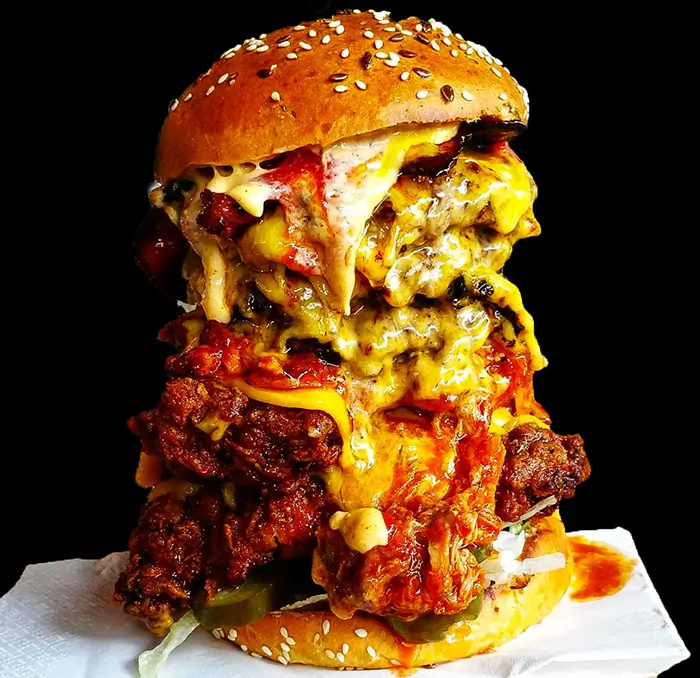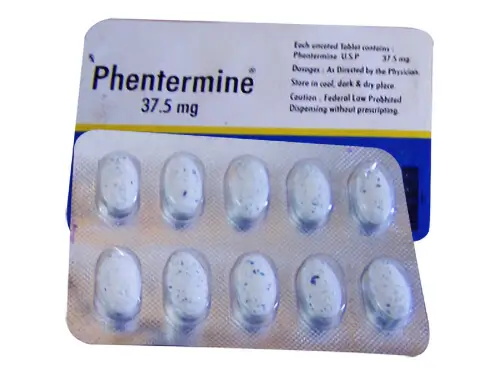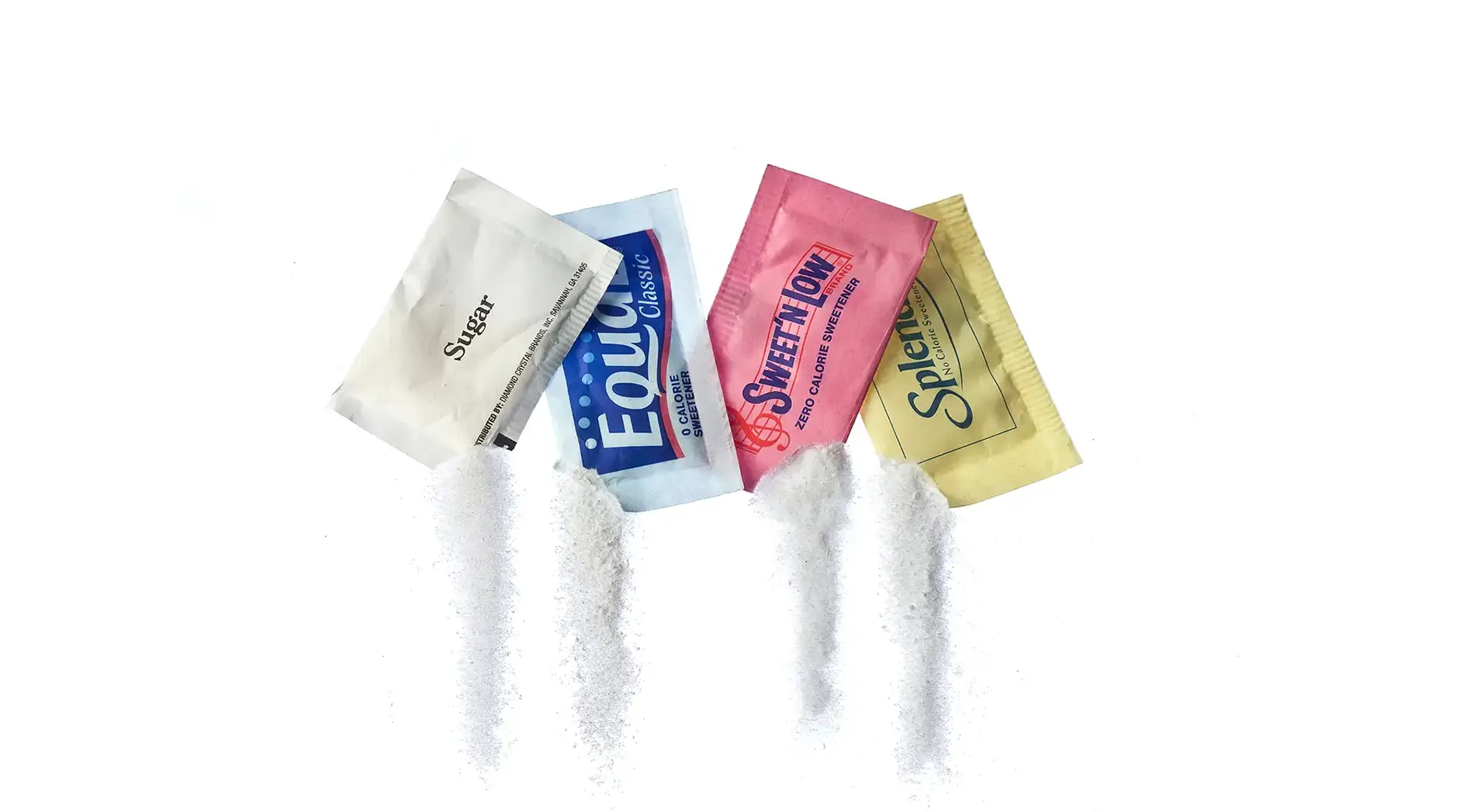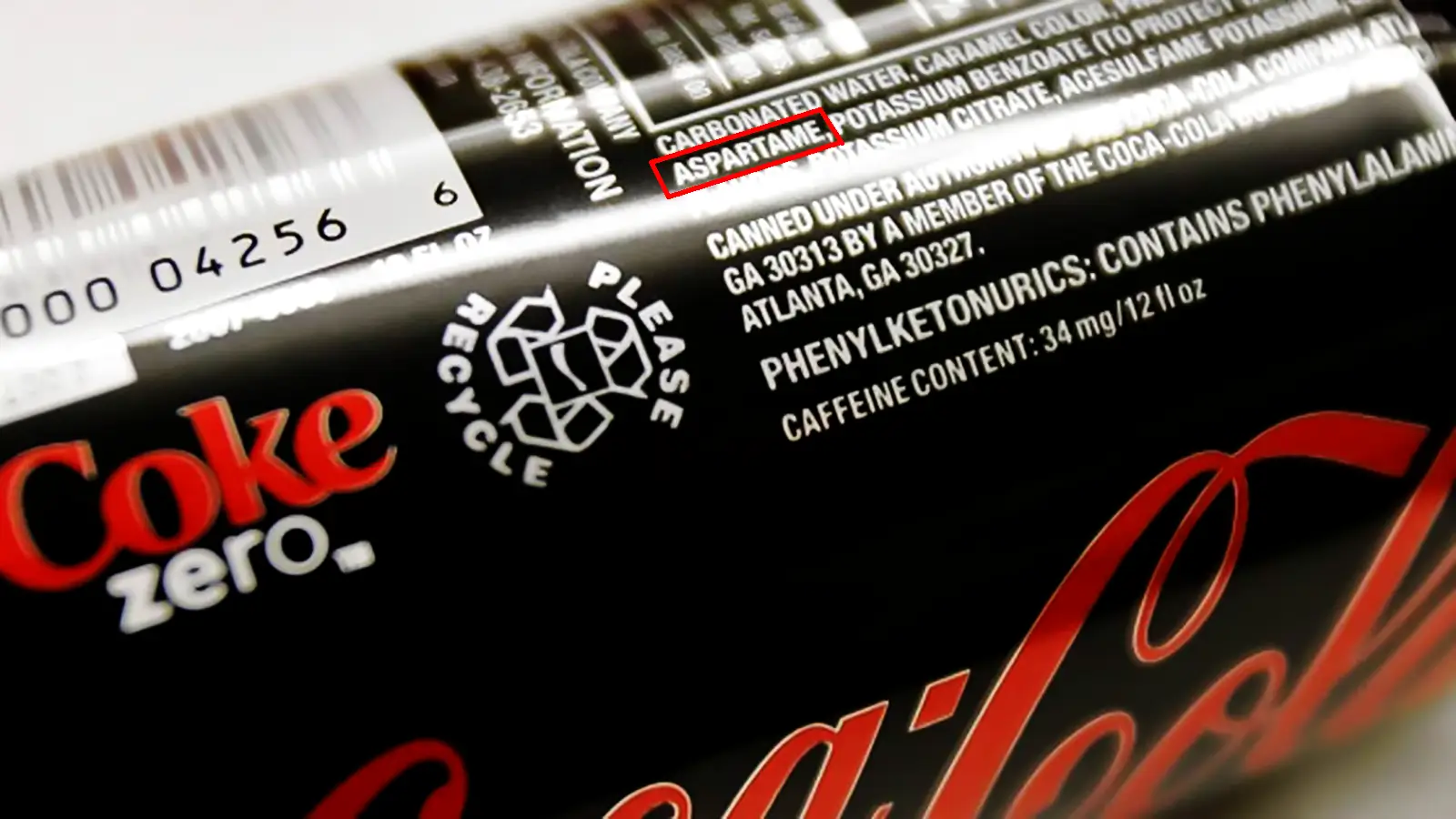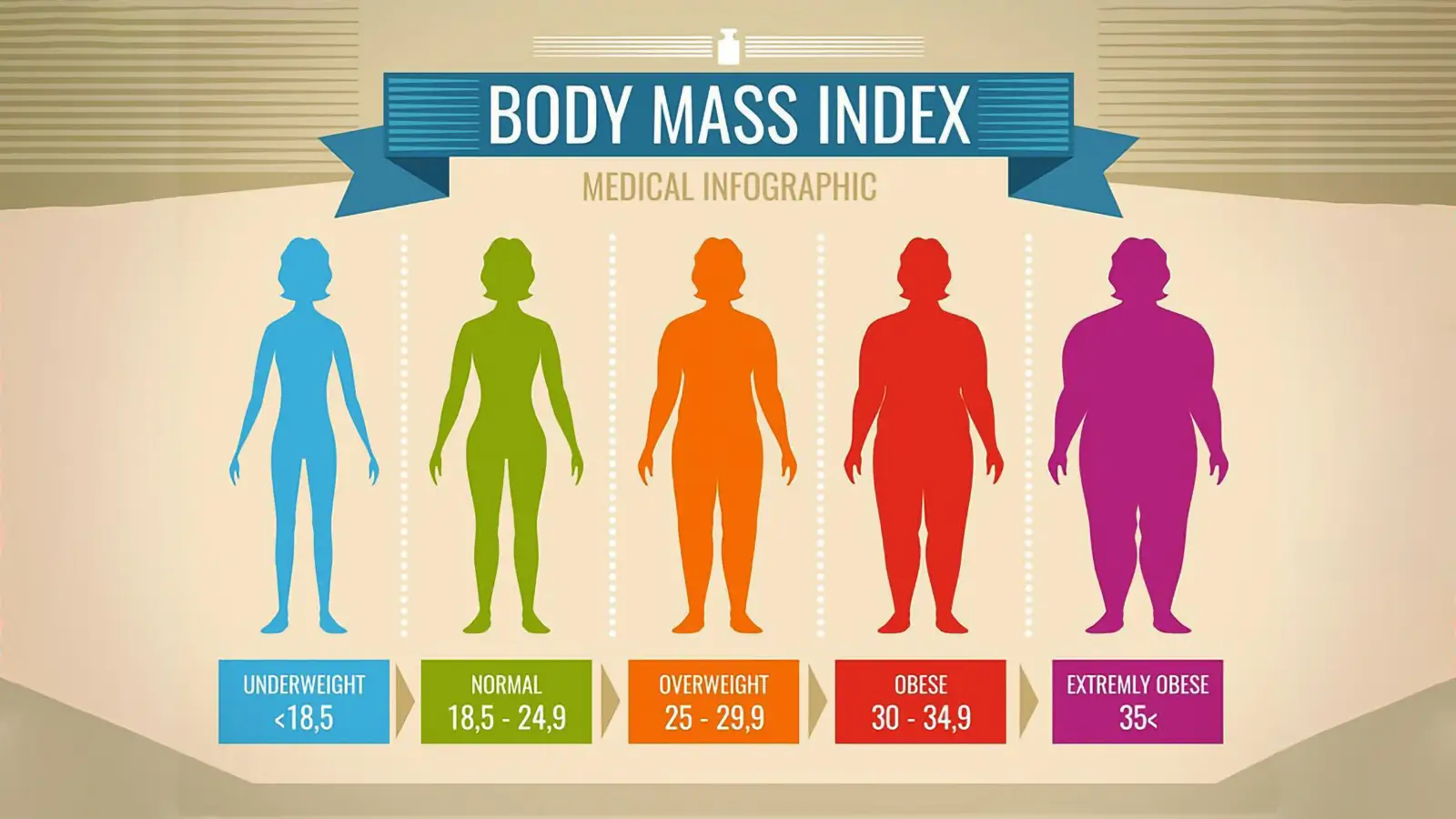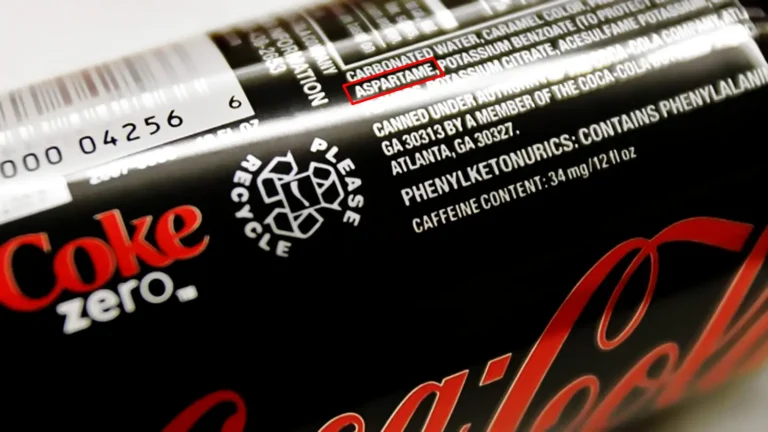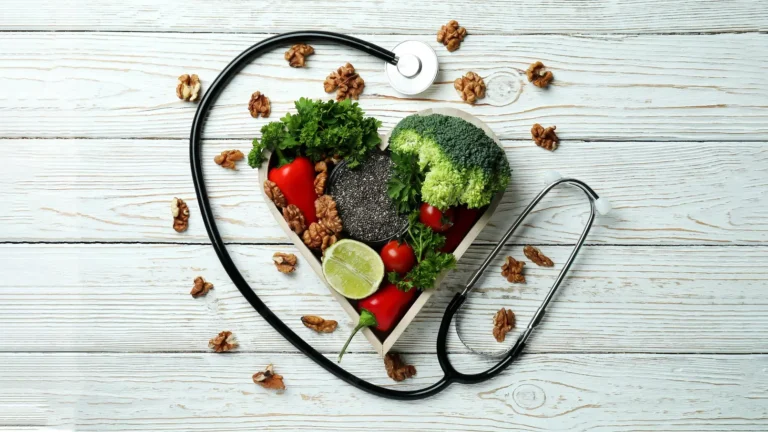Binge eating disorder- The psychology of hunger
In nature, there is no refined sugar or fat. Our brain had never been exposed to a combination of the two all at once forcing us into binge eating disorder.
Milos Pokimica
Written By: Milos Pokimica
Medically Reviewed by: Dr. Xiùying Wáng, M.D.
Updated October 12, 2023Eating for pleasure is nothing new. Binge eating disorder is nothing new. The ability to have excess food to binge is.
Binge eating disorder (BED) is a type of eating disorder that is now officially recognized as a diagnosis. It affects nearly 2% of the global population and can lead to additional health problems linked to diets, such as high cholesterol and diabetes.
Feeding and eating disorders are not solely about food, which is why they are classified as psychiatric disorders. People usually develop them to cope with a deeper issue or another psychological condition, such as anxiety or depression. The most common type of eating disorder in the United States is binge eating disorder. People suffering from binge eating disorder frequently feel out of control and consume a large amount of food at one time (called a binge). People with binge eating disorder, unlike those with other eating disorders, do not vomit their food after the binge. According to research, males and females experience binge eating disorder in equal proportions.
Overeating is a natural part of being human; we can overeat in social settings (e.g., Christmas lunch) or alone (e.g., a night in with Netflix and takeaway). Overeating occurs when a person eats past the point of being comfortably full, whether by choice or by accident. We may overeat if food is present, if the food we are eating is pleasurable, if we are bored or distracted, or if it soothes or comforts us (e.g., when feeling sad, overwhelmed, or after a tough day).
A binge is distinct from overeating and far more common. It is the intense desire to overeat that is felt repeatedly over time, accompanied by feelings of shame, guilt, and being out of control. Binge eating is extremely distressing and can impair a person’s ability to fully participate in all aspects of life (e.g., work or school, recreational activities, socializing, and relationships).
Binge eating disorder is defined as having at least three of the following symptoms while bingeing:
- Eating more quickly than usual
- Eating until uncomfortably full
- Eating large amounts of food when not hungry
- Eating alone to avoid embarrassment
- Feeling disgusted, depressed, or guilty afterward
Binge eating disorder is an addiction like any other addiction only in this case the illegal substance is highly palatable food. This is actually an addiction we all have but in some individuals, it might represent itself not just as obesity but as binge eating. To understand this addiction we have to understand how our brain evolved and understand that today we are maladapted to our environment in an evolutionary sense.
In nature, there is no free sugar or free fat. Energy is stored in complex whole-food packages and one or the other form. Nuts and seeds have their energy stored in the form of fat and grains for example in the form of complex sugars or carbohydrates, and they come with fiber and other substances. Our brain had never been exposed to refined sugar or fat before and especially never been exposed to a combination of the two in high doses all at once. For example, when we eat ice cream or milk chocolate, we have a sugar and fat combination that does not exist in nature. What happens in the brain is the same thing that happens when you inhale crack cocaine.
Crack cocaine itself is a refined product. Cocaine naturally occurs only in the coca plant. You cannot get high at that high level if you chew the leaves as Indian tribes do. It is a traditional stimulant to overcome hunger, fatigue, and thirst.
However, when we extract or in other words refine the cocaine or sugar or fat it is a different story. We can eat poppy seeds as much as we like but when we refine the opium and inject it into the vein or drink the poppy tea, well, here comes the magic dragon. In typical research involved with hunger and weight regulation, the focus was on so-called metabolic or homeostatic hunger. Metabolic hunger is driven by real physiological necessity and is most commonly identified with the rumblings of an empty stomach. By the 1980s researchers had mapped out all of the main hormones and neural connections responsible for metabolic hunger.
By the late 1990s, brain imaging studies and experiments with rodents had begun to reveal a second previously unknown biological pathway. This pathway was underlying the process of eating for pleasure. As I wrote before in the case of obesity standard regulatory system will tell the brain that we have fat deposits stored for an extended period and that we can endure little hunger. Overeating is a form of drug addiction.
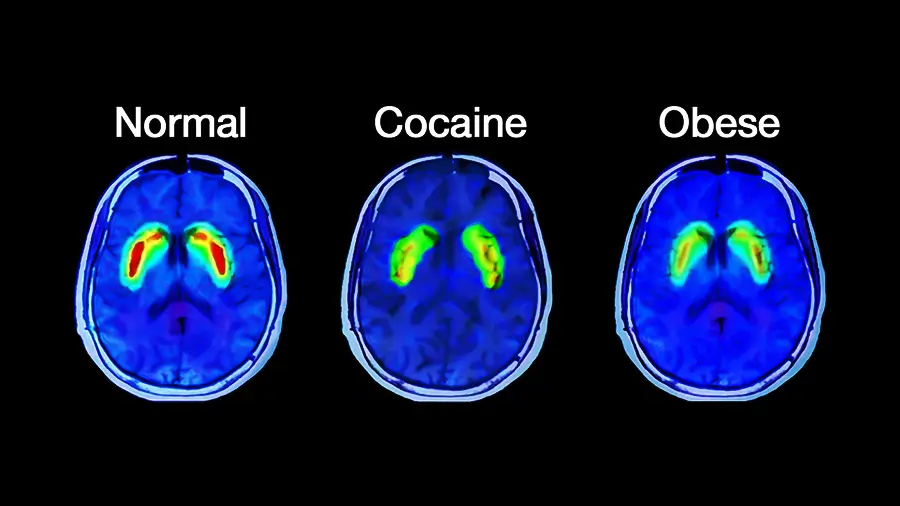
What was found was that extremely sweet or fatty food that we have today but were not present in nature, captivate the brain reward circuit in much the same way that cocaine and gambling can do. Even just seeing the food will trigger the brain’s response. As quickly as such food meets the tongue, taste buds give signals to different areas of the brain. That will result in a response that will trigger the release of the neurochemical dopamine. Frequently overeating highly palatable foods saturate the cerebellum with a significant amount of dopamine that forces the brain to ultimately adjusts by desensitizing itself, decreasing the number of cellular receptors that identify and respond to the neurochemical.
Having a high and constant dopamine level is a form of stimulus that is over-excessive, something called supernormal stimuli. It is a term that evolutionary biologists apply to represent the stimulus that will evoke a response more significant than the stimulus for which it evolved, even if it is artificial. The food industry uses it all the time almost in every possible way they can think of. They even try to link emotional responses and feelings of social acceptance and well-being with supernormal stimuli.
Consequently, as a resistance build-up, people may in truth, proceed to gorge as a process of recollecting or even preserving a sense of well-being. This is possibly the reason why the downregulation of leptin receptors in the brain happens also.
There was a series of research done from 2007 to 2011, at the University of Gothenburg in Sweden. They proved that the release of ghrelin (the hunger hormone) by the abdomen immediately enhances the discharge of dopamine in the brain’s award circuit (Anderberg et al., 2016). This is a significant finding. They also discovered that medications that prevent ghrelin from binding to neurons restrain the tendency for overeating in people who are obese.
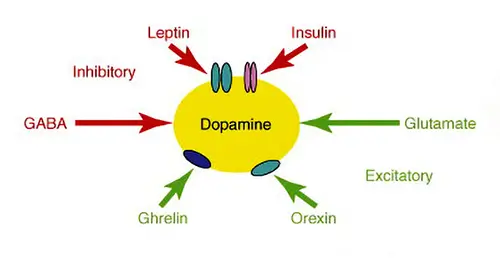
Under normal conditions, leptin and insulin suppress the release of dopamine. In theory, this should reduce the sense of pleasure as a meal continues. Recent rodent studies suggest that the brain stops responding to these hormones as the amount of fatty tissue in the body increases (Massadi et al., 2019). Thus, continued eating keeps the brain awash in dopamine even as the threshold for pleasure keeps going up. A form of maladaptation to our current environment and way of eating and living. If we switch the stimuli from food to cocaine or nicotine or caffeine, we can suppress the hunger drive. Alternatively, also vice versa. If we stop smoking appetite goes up. Tobacco use was linked to hunger-suppressing effects even among Pre-Columbian indigenous Americans. Cigarette smoking for weight loss might not be a good idea, because we will swap one addiction for another. You can try extracted nicotine in products like chewing gum or electronic cigarettes with a caffeine combination. There is, for example, particular drugs that target the brain hunger center for lowering appetite like Belviq, Contrave, Saxenda, Phentermine, and Qsymia. Phentermine is an amphetamine. Regular “speed” can work also. The anti-seizure drug Topamax for epilepsy and migraine headaches lowers the appetite and is registered to treat binge eating disorders. If everything else fails, there are seven weight loss surgeries registered so far, from cutting, and stapling to ballooning. All because of supernormal stimuli of refined food.
There is a group of sensitive individuals that will respond excessively to delicious foods. They would have an excessive response in the brain reward circuit that will dramatically alter their brain chemistry. An overstimulated brain reward circuit will override any self-control mechanism so that willpower will rarely if ever be sufficient to force them to resist eating those foods once they are around creating a binge eating disorder. Researchers at The Scripps Research Institute in Jupiter, Florida found that in rats that have been given unrestricted access to high-calorie foods, their brains showed neurological changes in their reward circuit (Johnson et al., 2010).
It was the first study that showed that the neurological mechanism that drives people into drug addiction is also driving the compulsion for overeating, pushing people into obesity.
High-calorie foods, in this case, were sausage, bacon, cheesecake, and chocolate. Some of the rats were given only one hour a day to feast on high-fat foods, while others had unlimited access 24 hours a day. Both groups were given access to a typical, healthy lab rat chow food. The one group that possessed infinite access to high-calorie food ate little to none of the standard bland low-calorie chow alternatives. They quickly had grown obese because they eat as much as they could, about twice the amount of calories as the control.
The big surprise was that even the rats that had limited access to junk food did their best to keep up. During that one hour, they ate as much as they can with no stopping. They managed to consume, on average, 66% of their daily calories in the course of that one single hour per day and quickly developed a pattern of compulsive binge eating disorder. It was also observed that a group of obese rats with unlimited access to junk food had shown a severely increased threshold for reward levels. The same thing happens with drug addiction. After showing that obese rats had clear addiction-like food-seeking behaviors and that an increased threshold for reward levels is forcing them to seek more and more to reach the same level of reward the researchers investigated underlying neurological mechanisms that are responsible for these changes.
There is a specific receptor in the brain known to play a significant role in vulnerability to drug addiction, the dopamine D2 receptor. In the brain, there are neurotransmitters like dopamine. Dopamine is a feel-good chemical that will get released when we have some pleasurable experience like sex or food. The D2 receptor responds to dopamine. Cocaine, for example, is a drug that increases dopamine levels in the brain by blocking its retrieval. Overstimulation of the dopamine receptors with any supernormal stimuli will eventually lead to neural adaptation in the form of downregulation of the receptors. Also, this was shown in the study too. Levels of the D2 dopamine receptors were significantly reduced in the brains of obese animals. The same thing happens to drug addicts. To determent the level of influence of dopamine in the rats eating behavior, a virus was inserted into the brains of a test group of animals to knock out their dopamine D2 receptors. Addiction-like behavior happened almost instantly. The next day their brains changed into a state that was consistent with an animal that had been overeating for several weeks. Also, the animals had become compulsive in their eating behaviors and developed binge eating disorders. The research that took three years to finish confirms the addictive properties of junk food.
Animals binge-eating lipids and animals binge-eating sugars experience different physiological effects, but the most substantial impact can be brought by the combination of neural effects from both of these ingredients. Actually, the most desired food for the lab rats appeared to be a food item with the highest combination of fat and sugar: cheesecake.
References:
- Anderberg, R. H., Hansson, C., Fenander, M., Richard, J. E., Dickson, S. L., Nissbrandt, H., Bergquist, F., & Skibicka, K. P. (2016). The Stomach-Derived Hormone Ghrelin Increases Impulsive Behavior. Neuropsychopharmacology : official publication of the American College of Neuropsychopharmacology, 41(5), 1199–1209. https://doi.org/10.1038/npp.2015.297
- Al Massadi, O., Nogueiras, R., Dieguez, C., & Girault, J. A. (2019). Ghrelin and food reward. Neuropharmacology, 148, 131–138. https://doi.org/10.1016/j.neuropharm.2019.01.001
- Johnson, P. M., & Kenny, P. J. (2010). Dopamine D2 receptors in addiction-like reward dysfunction and compulsive eating in obese rats. Nature neuroscience, 13(5), 635–641. https://doi.org/10.1038/nn.2519
- Palmiter R. D. (2007). Is dopamine a physiologically relevant mediator of feeding behavior?. Trends in neurosciences, 30(8), 375–381. https://doi.org/10.1016/j.tins.2007.06.004
- Obradovic, M., Sudar-Milovanovic, E., Soskic, S., Essack, M., Arya, S., Stewart, A. J., Gojobori, T., & Isenovic, E. R. (2021). Leptin and Obesity: Role and Clinical Implication. Frontiers in endocrinology, 12, 585887. https://doi.org/10.3389/fendo.2021.585887
- Crujeiras, A. B., Carreira, M. C., Cabia, B., Andrade, S., Amil, M., & Casanueva, F. F. (2015). Leptin resistance in obesity: An epigenetic landscape. Life sciences, 140, 57–63. https://doi.org/10.1016/j.lfs.2015.05.003
- Peng, J., Yin, L., & Wang, X. (2021). Central and peripheral leptin resistance in obesity and improvements of exercise. Hormones and behavior, 133, 105006. https://doi.org/10.1016/j.yhbeh.2021.105006
Related Posts
Do you have any questions about nutrition and health?
I would love to hear from you and answer them in my next post. I appreciate your input and opinion and I look forward to hearing from you soon. I also invite you to follow us on Facebook, Instagram, and Pinterest for more diet, nutrition, and health content. You can leave a comment there and connect with other health enthusiasts, share your tips and experiences, and get support and encouragement from our team and community.
I hope that this post was informative and enjoyable for you and that you are prepared to apply the insights you learned. If you found this post helpful, please share it with your friends and family who might also benefit from it. You never know who might need some guidance and support on their health journey.
– You Might Also Like –

Learn About Nutrition
Milos Pokimica is a doctor of natural medicine, clinical nutritionist, medical health and nutrition writer, and nutritional science advisor. Author of the book series Go Vegan? Review of Science, he also operates the natural health website GoVeganWay.com
Medical Disclaimer
GoVeganWay.com brings you reviews of the latest nutrition and health-related research. The information provided represents the personal opinion of the author and is not intended nor implied to be a substitute for professional medical advice, diagnosis, or treatment. The information provided is for informational purposes only and is not intended to serve as a substitute for the consultation, diagnosis, and/or medical treatment of a qualified physician or healthcare provider.NEVER DISREGARD PROFESSIONAL MEDICAL ADVICE OR DELAY SEEKING MEDICAL TREATMENT BECAUSE OF SOMETHING YOU HAVE READ ON OR ACCESSED THROUGH GoVeganWay.com
NEVER APPLY ANY LIFESTYLE CHANGES OR ANY CHANGES AT ALL AS A CONSEQUENCE OF SOMETHING YOU HAVE READ IN GoVeganWay.com BEFORE CONSULTING LICENCED MEDICAL PRACTITIONER.
In the event of a medical emergency, call a doctor or 911 immediately. GoVeganWay.com does not recommend or endorse any specific groups, organizations, tests, physicians, products, procedures, opinions, or other information that may be mentioned inside.
Editor Picks –
Milos Pokimica is a health and nutrition writer and nutritional science advisor. Author of the book series Go Vegan? Review of Science, he also operates the natural health website GoVeganWay.com
Latest Articles –
Top Health News — ScienceDaily
- AI found a way to stop a virus before it enters cellson December 15, 2025
Researchers discovered a hidden molecular “switch” that herpes viruses rely on to invade cells. By combining AI, simulations, and lab experiments, they identified and altered a single amino acid that shut down viral entry. What once might have taken years was achieved far faster using computational tools. The findings open new possibilities for designing future antiviral treatments.
- New study shows some plant-based diets may raise heart disease riskon December 15, 2025
Researchers tracking over 63,000 adults found that high-quality, minimally processed plant foods significantly reduce cardiovascular risk. But when those plant foods are ultra-processed, the advantage disappears—and can even backfire. Some ultra-processed plant diets increased risk by 40%. The study urges a shift toward whole, naturally nutrient-rich plant foods.
- These simple habits could make your brain 8 years younger, study findson December 15, 2025
New research shows that your brain’s “true age” can shift dramatically depending on how you live, with optimism, restorative sleep, stress management, and strong social support acting like powerful anti-aging tools. Using advanced MRI-based brain-age estimates, scientists found that people with multiple healthy lifestyle factors had brains up to eight years younger than expected — even among those living with chronic pain.
- Anxiety and insomnia linked to sharp drops in key immune cellson December 15, 2025
Natural killer cells act as the immune system’s rapid-response team, but the stress of anxiety and insomnia may be quietly thinning their ranks. A study of young women in Saudi Arabia found that both conditions were linked to significantly fewer NK cells—especially the circulating types responsible for destroying infected or abnormal cells. As anxiety severity increased, NK cell levels dropped even further, suggesting a stress-driven weakening of immune defenses.
- Cannabis compounds show unexpected power against ovarian canceron December 15, 2025
Scientists have discovered that key compounds from cannabis—CBD and THC—show surprisingly strong effects against ovarian cancer cells. Used together, they slow cell growth, reduce colony formation, and may even block the cancer’s ability to spread. Even more promising, the treatment caused minimal harm to healthy cells and appears to work by restoring a disrupted signaling pathway that fuels tumor growth.
- Mayo Clinic neurosurgeon reveals 8 back pain myths to stop believingon December 15, 2025
Back pain is wrapped in persistent myths, but many are far from the truth. From misconceptions about heavy lifting and bed rest to confusion over posture, exercise, and surgery, Dr. Meghan Murphy breaks down what really causes pain and what actually helps. Her insights reveal that everyday habits, movement, and smart prevention often make a bigger difference than people realize.
- Stem cell pain sponge soaks up osteoarthritis joint pain and protects cartilageon December 15, 2025
SereNeuro Therapeutics revealed promising results for SN101, a first-in-class iPSC-derived therapy designed to treat chronic osteoarthritis pain while protecting joint tissue. Instead of blocking pain pathways, SN101 uses lab-grown nociceptors that act like sponges, soaking up inflammatory pain factors without sending pain signals. These cells also release regenerative molecules, offering disease-modifying potential that stands apart from traditional corticosteroids and single-target drugs like […]
PubMed, #vegan-diet –
- Healthful and Unhealthful Plant-Based Diets and Their Association with Cardiometabolic Targets in Women Diagnosed with Breast Cancer: A Cross-Sectional Analysis of a Lifestyle Trialon December 11, 2025
CONCLUSIONS: Maintaining cardiometabolic risk factors within normal ranges is clinically relevant in BCS, and this may be more likely when a plant-based diet is consumed, especially if low in unhealthy plant foods.
- Dietary and Lifestyle Patterns and Their Associations with Cardiovascular and Inflammatory Biomarkers in Vegans, Vegetarians, Pescatarians, and Omnivores: A Cross-Sectional Studyon December 11, 2025
Background: Plant-based diets are associated with reduced cardiometabolic risk, yet the influence of lifestyle behaviors on these benefits remains insufficiently understood. Objective: To assess the combined impact of dietary patterns and lifestyle behaviors on body composition, lipid profiles, and inflammatory biomarkers in healthy young adults. Methods: In this cross-sectional study, 155 participants aged 18-39 years were categorized into four dietary groups: vegans (n = 48), vegetarians (n […]
- Functional and Nutritional Properties of Lion’s Mane Mushrooms in Oat-Based Desserts for Dysphagia and Healthy Ageingon December 11, 2025
Hericium erinaceus (Lion’s Mane mushroom) is a medicinal species recognised for its neuroprotective and antioxidant properties. This study investigated its potential as a functional ingredient in oat milk-based desserts formulated for individuals with dysphagia. Freeze-dried Lion’s Mane powder (LMP), containing high-quality protein (~16%, amino acid score 88%), dietary fibre (~31%), and phenolic compounds (72.15 mg GAE/g), was incorporated at varying levels using gelatin or iota-carrageenan […]
- “A football team with no midfield”: A qualitative analysis of anti-vegan stigma in Italyon December 7, 2025
A growing body of research has demonstrated the prevalence of unfavourable attitudes towards individuals who adhere to a vegan diet and has provided empirical evidence to support the existence of an anti-vegan ideology. The present study aims to contribute to extant knowledge by examining the social perception of veganism and vegans in Italy. Italy is a nation characterised by a traditional culture of food that serves as a significant catalyst for collective identification and national pride….
- Plant-based dietary index on the Mediterranean and a vegan diet: a secondary analysis of a randomized, cross-over trialon December 5, 2025
CONCLUSION: These findings suggest that, replacing animal products even with the “unhealthful” plant-based foods on a vegan diet was associated with weight loss.
Random Posts –
Featured Posts –
Latest from PubMed, #plant-based diet –
- Identification of effective plant-based oils for use in aquafeed: An evaluation of impact on gamete quality and developmental success using zebrafish (Danio rerio) as a screening organismby Seyed-Mohammadreza Samaee on December 14, 2025
To evaluate the effectiveness of zebrafish as a screening system for identifying appropriate plant oils (POs) for aquafeed, Artemia nauplii (AN) were enriched with three single- cultivar olive oils (OO): Koroneiki, Parseh, and Arghavan. The resulting AN (ANKor, ANPar, ANArg, and AN36 [36 h starved AN, control]) were then fed to 360 fish (3.5 cm) for one month. The fatty acid (FA) profile of the AN was reflected in the ova and influenced both sperm motility and density, which in turn affected […]
- The Effect of Dietary Interventions on Human Vascular Function in the Context of Acute Psychological Stress: A Scoping Reviewby Rosalind Baynham on December 14, 2025
Episodes of acute psychological stress increase the risk for cardiovascular diseases, partially through stress-induced impairments in vascular function. During psychologically stressful periods, individuals are more likely to consume unhealthy foods and fewer fruits and vegetables. Yet, the impact of dietary choices and their nutritional composition on vascular function in the context of psychological stress is unclear. In this scoping review, comprehensive database searches were carried out […]
- Plant-based diets, gut microbiota, blood metabolome, and risk of colorectal, liver and pancreatic cancers: results from a large prospective cohort study of predominantly low-income Americansby Fangcheng Yuan on December 14, 2025
CONCLUSIONS: A diet high in healthy plant foods and low in animal foods was inversely associated with liver cancer risk and with CRC risk among screening-naïve participants. These associations may be partly mediated through gut microbiota and systemic metabolism.
- Vegetarian diet and likelihood of becoming centenarians in Chinese adults aged 80 years or older: a nested case-control studyby Yaqi Li on December 14, 2025
CONCLUSIONS: Targeting individuals of advanced age (80+ years) in China, we found that individuals following vegetarian diet had lower likelihood of becoming centenarians relative to omnivores, underscoring the importance of a balanced high-quality diet with animal- and plant-derived food composition for exceptional longevity, especially in the underweight oldest-old.
- Priority of nutrition and exercise in depression management: triangulating mini-review of past and recent evidence with clinical practice guidelinesby Shannon Rogers on December 14, 2025
CONCLUSIONS: Disparities that exist in leading depression management guidelines vis-à-vis inclusion of evidence-informed nutrition and PA/PE recommendations, warrant reconciliation. Evidence supporting anti-depressant WFPB nutrition and limiting pro-inflammatory animal-sourced food and UPF and supporting anti-inflammatory aerobic exercise and resistance training warrants being translated into national/international depression management guidelines as consistently as recommendations for…
- The effect of a diet based on vegetable and dairy protein on biochemical and functional indicators of sarcopenia in patients with liver cirrhosis: a randomized controlled trialby Mahdiyeh Taghizadeh on December 13, 2025
CONCLUSIONS: In conclusion, a vegetable and dairy protein-based diet effectively inhibited significant elevations in ammonia levels compared to the standard diet in persons with liver cirrhosis; however, anthropometric parameters and muscle function did not differ between two groups.
